Nikomat or Nikkormat? Actually, both are ok to use, in order to describe one of the heftiest (but beautiful) cameras I have ever owned and handled. Well, apart from the Pentax 67, which was (for me at least) a real neck-breaker. Beautiful object to use for photography, with its quirks all right, but what an anchor for weight.
Anyways, back to the Nikkormat FT. Yes, this is an FT model, setting it apart from the other models. And yes, both Nikomat and Nikkormat are all right to use, since the first was the name these cameras were sold in Japan, the latter being the name for elsewhere in the world. Confusing? Not in the least.
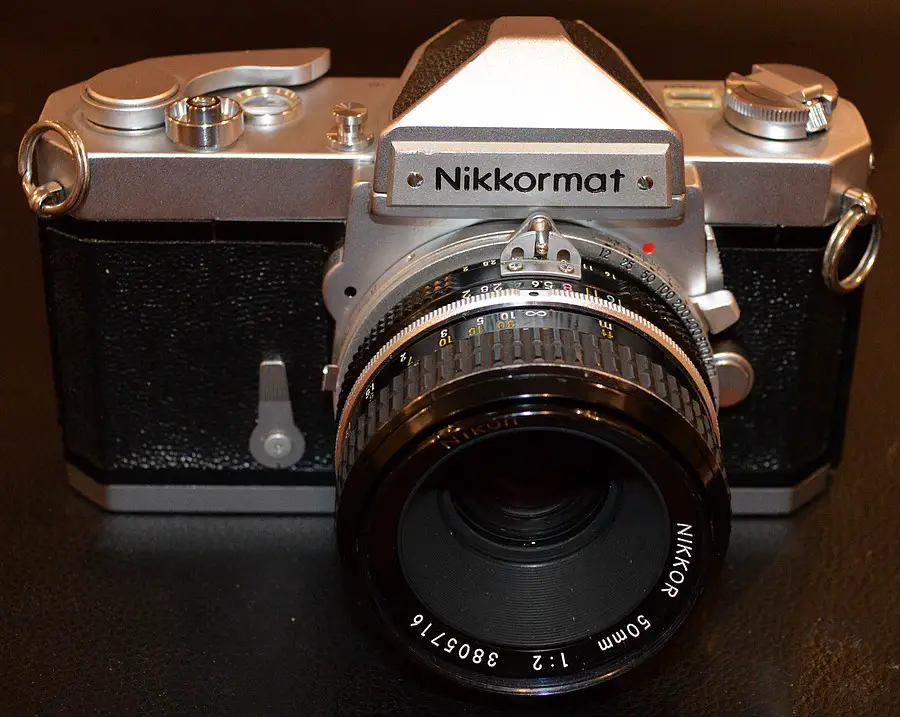
The Nikkormats were the cameras that pushed Nikon into the heavy player that it is now, The FT model was released in 1965 and was produced until 1967; I heard that only a little over 100.000 cameras were made. Funny, this does not make them highly collectible, although I would’ve think they would.
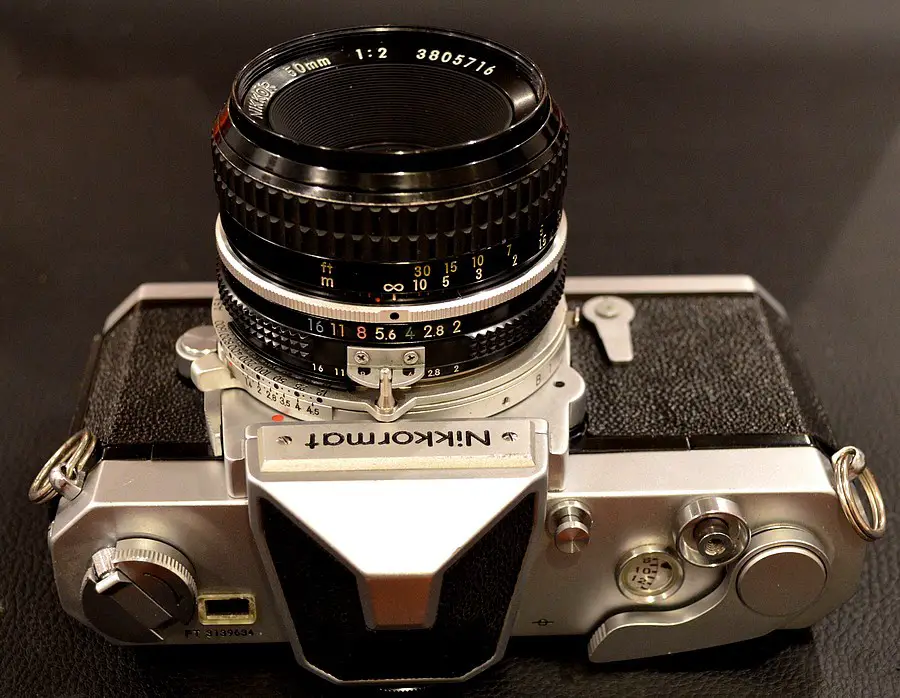
A TTL metering is responsible for a very good averaging light meter, if yours works, that is. Mine does, but even if it was broken I am accustomed with meter-less cameras. Sunny 16 is good enough, and if ever in doubt, use an external meter. I use one, a brilliant Gossen Lunasix 3. Heavy as well, but reliable like nothing else. Se lower on this page about indexing the camera though (also a possible cause of your meter not being operational; this is how one learns, the hard way, right?).
I am not going to talk in-depth about the technicalities of the Nikkormat FT, zillions others did it better than I ever could. I just want to present a very good camera, a very sturdy one and a real vintage tool for photography.
For me, the Nikkormat FT is the camera that its closest to another dear to me tool, the Olympus OM1. The same meter reading (needle + and – matching), shutter speeds around the lens mount, battery needed only for the meter otherwise with perfectly usable mechanical functions, The smoothness of the film advance and crisp sound of shutter being released makes a very nice tool to shoot with.
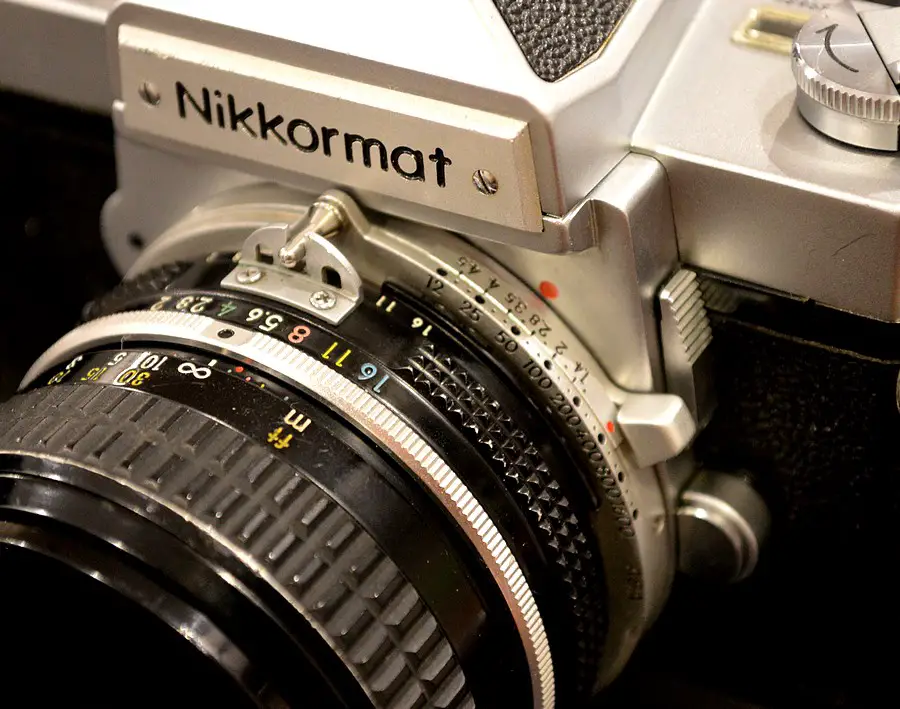
Other features of this camera, briefly: a fully mechanical vertical-travel shutter (B to 1/1000s), with a 1/125s for flash shooting (but no flash shoe). Once powered by a mercury 625, the meter can be put to work with a silver oxide 625. I use the V625 from Varta, and I haven’t noticed anything really bad regarding exposure.
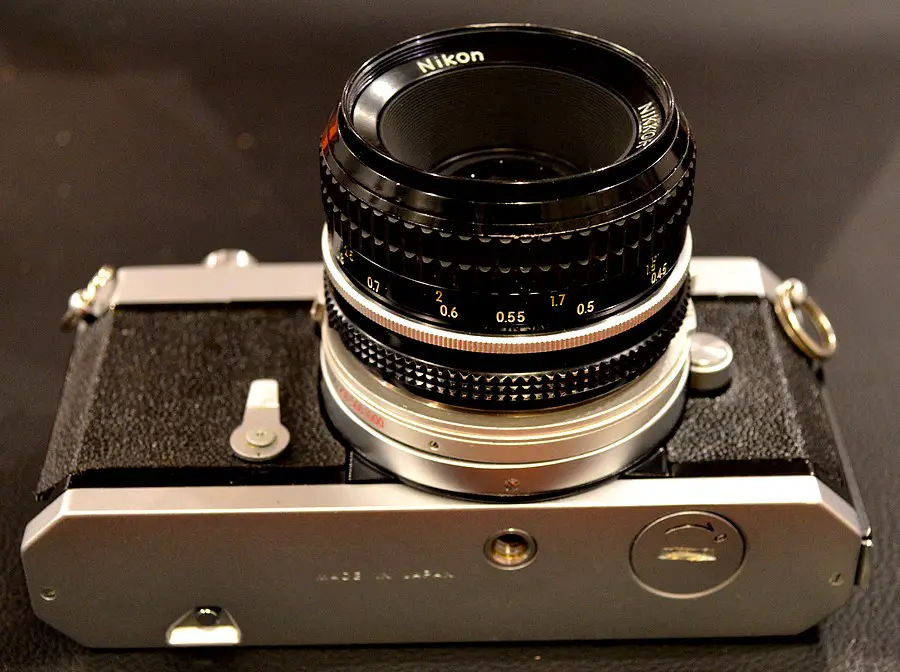
One of the quirks of the Nikkormat FT is that the lens indexing is mandatory, in order to work properly: with the lens off the camera, turn the lens pin to the max left (as you hold the camera facing forward). Set your “rabbit ears” tab (or fork, as others call it) of the lens to 5.6 aperture position. Align the said tab to the pin, and holding the lens you turn it to the right, until you hear the click, which signals you have locked it in place. Take care not to move the aperture ring while you turn the lens to locking position (the aperture ring needs to stay at 5.6 until locked).
Once this done, turn it to min aperture position (16, 22 or 32, whichever the lens has) and then to the max aperture position (1.4, 1.8, 2, whatever). Your camera is now indexed, and knows what sort of lens you’re using. One more thing: when I first got the camera, I did not know about this indexing thing, and the meter was dead-like. Once I indexed, the meter came on, and the matter was settled thus. Interesting feature. Setting your ISO/ASA values is a bit more fidgety, but nothing that one cannot do it without a user manual.
So, yes, the Nikkormat FT is a camera that will put you through the beginning of your photography days. I know this for a fact, because it happens to me every time I get to use some old camera from my small collection. And it always reminds me that, before internal metering and what not, there was only a box with a piece of glass affixed on it, and it was pure joy to take pictures which were what they were: the true joy of photography.
These here were taken with the Nikkormat FT, lens 50/2 Nikkor, on Konica VX400 film (exp, 2008).






Thank you for reading.
Best, JT
Share this post:
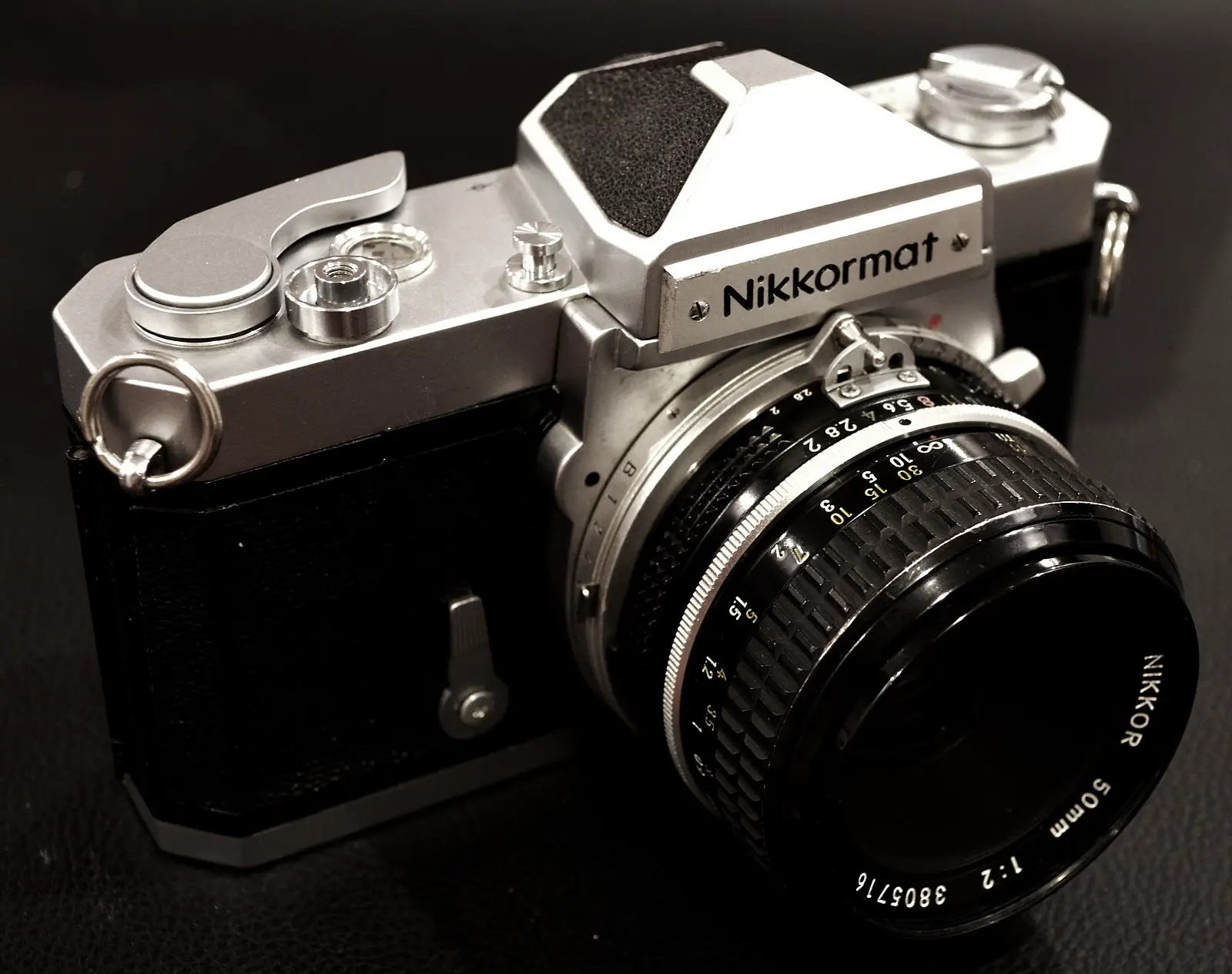



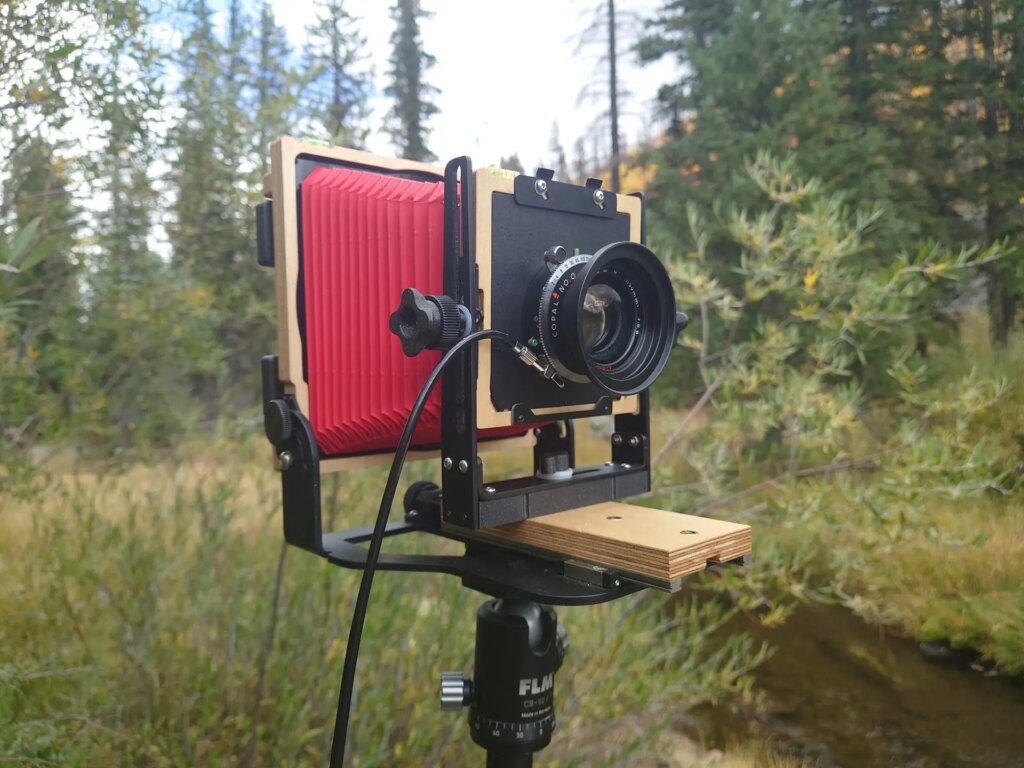




Comments
Gil Aegerter on Nikkormat FT Mini-Review – Back to Basics
Comment posted: 30/10/2023
Dan J Castelli on Nikkormat FT Mini-Review – Back to Basics
Comment posted: 30/10/2023
I mean, c,mon, you need to ratchet a Nikon lens onto the body. A nail breaking meter selection slider. Shutter speed around the lens mount. The M2 requires you to rotate an engraved disc to set the film counter. It loads as fast as grass growing.
What isn't to love. Great picture making machines. I had a Nikkormat FT2 w/the beautiful 105mm f/2.5 lens (silver barrel.)
Except for the fixed prism & focusing screen, the Nikkormats were equal to the Nikon FT & FTn.
After reading this, I may source a used Nikkormat...
Paul Quellin on Nikkormat FT Mini-Review – Back to Basics
Comment posted: 30/10/2023
Jukka Reimola on Nikkormat FT Mini-Review – Back to Basics
Comment posted: 31/10/2023
But seriously, a Nikkormat FT2, with a 50mm f/1.4 Pre-Ai Nikkor, was 1 kilo and 121 grams. That´s about 2,5 pounds, if you´re not into Metrics. Not a lightweight by any measure, but a great and enjoyable camera, none the less.
Great pictures again. I especially liked the long exposures. That runner photo looks like you captured a ghost. Suits the Halloween time.
fokko sturm on Nikkormat FT Mini-Review – Back to Basics
Comment posted: 20/12/2023
good, bright viewfinder, meter works perfect - the *klick* sound sperfect - that´s all you need.
Comment posted: 20/12/2023
Tim Piscitelli on Nikkormat FT Mini-Review – Back to Basics
Comment posted: 11/06/2025